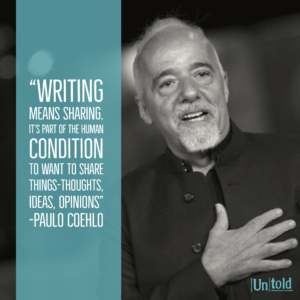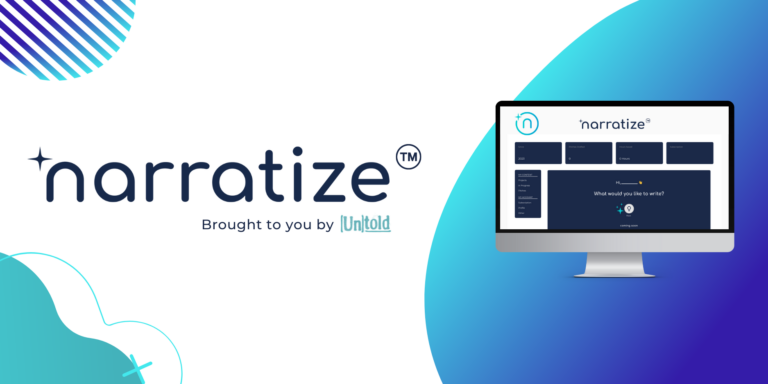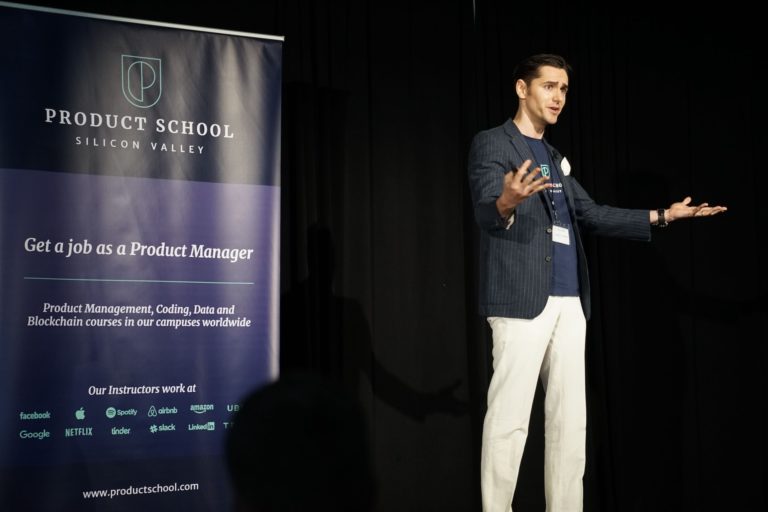Blog >> How to Become a Thought Leader by Sharing What You Know
How to Become a Thought Leader by Sharing What You Know
The key to becoming a thought leader is to cultivate an attitude and habit of sharing what you know.
Dear reader and fellow knowledge-seeker inspired by the idea of becoming a thought leader, I have a creative mission for you, if you choose to accept it.
- To return to the ordinary, exit this blog.
- To recognize what you know as valuable and learn to share it, proceed with reading.
I want you to think about something you’re really good at–your “special expertise” if you will. It could be a talent that others saw in you since you were really little, or a skill you honed over a long period of time, or a subject matter you spent years studying. Imagine if I asked you to teach your special expertise to a broad audience of non-experts–people who had a hunger to learn what you know. It might be a pretty big challenge. Where would you start? What resources would you need? How would you share your knowledge in a way that someone totally unfamiliar with your special expertise would not only understand, but feel inspired to learn–and even better, care–about what you know?
 Now, we recognize that soul-searching about your special expertise and dreaming about becoming a thought leader, let alone sharing it, is no light task and, in fact, not for the faint of heart. That’s where our expertise comes in: at Untold, we use robust research and creative storytelling to translate the complex into the recognizable. Our work builds upon our belief that the most powerful means we have as humans to empower and enlighten is words. Words shape the actions we take and the solutions we create. As Paulo Coehlo says: “Writing means sharing. It’s part of the human condition. To want to share things–thoughts, ideas, opinions.” We think this is a critical time for experts working within thought-generating organizations to invest in storytelling and for audiences to be supported in receiving it. This is how we can make powerful movement together toward an informed and mindful future. This is how thought leaders are born.
Now, we recognize that soul-searching about your special expertise and dreaming about becoming a thought leader, let alone sharing it, is no light task and, in fact, not for the faint of heart. That’s where our expertise comes in: at Untold, we use robust research and creative storytelling to translate the complex into the recognizable. Our work builds upon our belief that the most powerful means we have as humans to empower and enlighten is words. Words shape the actions we take and the solutions we create. As Paulo Coehlo says: “Writing means sharing. It’s part of the human condition. To want to share things–thoughts, ideas, opinions.” We think this is a critical time for experts working within thought-generating organizations to invest in storytelling and for audiences to be supported in receiving it. This is how we can make powerful movement together toward an informed and mindful future. This is how thought leaders are born.
So, how can you become a thought leader by sharing what you know?
Most of the clients we work with–and the thought leaders who are part of our community–have advanced degrees in technical and scientific disciplines, and have spent years studying and building their craft. Yet a question we frequently get from our clients is, “How can I share my knowledge without boring my audience, confusing my listeners, or dumbing down my insights?” The trick is building empathy and depth into the learning experience, where we work creatively to 1) interpret and translate the knowledge we notice and 2) welcome the story of its importance. Here, we’ll provide two windows into our approach to helping thought leaders share what they know by translating complex information into insights that help broad audiences access, remember and be moved to care about the knowledge shared.
w i n d o w 1 : Veterans Health Administration Case Study
We recently wrote a book in collaboration with systems engineers at the U.S. Department of Veterans Affairs called VA’s Lean Healthcare Transformation: Innovating the Veteran Patient Experience. And the book explains how systems engineering can be applied in healthcare settings to reduce wait times and improve Veterans’ access to care. We drew on observations, interviews, conversations, brainstorm sessions, presentations, and notes provided by the VA’s systems engineers to translate innovations to key stakeholders and the general public. But instead of just explaining engineering know-how, we interviewed and collected stories from over 100 people–from CEOs to care team members washing linens on the ground floor of VA Medical Centers–to show the human impacts of engineering and how it’s helping Veterans get the care they so greatly deserve. The technical writing in our book does the work of explaining systems engineering methods of thought leaders without dumbing them down. Organizational stories about the implementation of Lean process improvements bring that technical information to life through personal accounts and interviews with staff who were responsible for sparking organizational change. (For more detailed guidance about how to effectively communicate story and implement its collection and creation for the betterment of your organization, check out our blog, Organizational Change: A Guide to Storytelling for Organizational Change.)
w i n d o w 2: #DuffleShuffle Case Study
A second and drastically different example of activating understanding and catalyzing action by sharing research-based insights is a recent viral social media campaign we created called the #DuffleShuffle. Our goal with the #DuffleShuffle was to drive community awareness for the fact that children in foster care far too often have to shove all of their belongings into trash bags when they transition from one home to the next. As we wrote the social media, website content and video scripts for the campaign, we based our messaging on research from Harvard Medical School that showed that dancing and movement activate our emotional intelligence. We inspired businesses, sports teams, and families to dance with their donated duffle bags as a public expression of their empathy and care. As a result, over 63,000 people were enlightened to the problem and 1,900 people danced and donated a duffle bag. (Read more about the #DuffleShuffle and its impacts across Ohio and Kentucky.)
Ultimately, it is through human-based, research-backed stories and the presence required for their interpretation that we increase understanding and activate people to care. Our strategies uphold and encourage storytelling cultures by promoting acts of translation in education, whether of organizational or individual insights. No matter whether you hold a PhD or cultivated a lifelong expertise in craft or art, sharing what you know is one way to ensure that your growth and education are maximized and spread into the future—for good. Committing to a mentoring mindset is key to becoming a thought leader. Far too often, people forget the “leadership” part of being a thought leader. You must commit to a habit of sharing and leading the way in your area of expertise. Many elders espouse the wisdom that, “No one can take your education away from you.” Indeed. It is your responsibility to cherish your life’s lessons by continually cultivating a habit of sharing it with others.




